SMAC - TRENDS DETERMINING THE FUTURE OF ICT
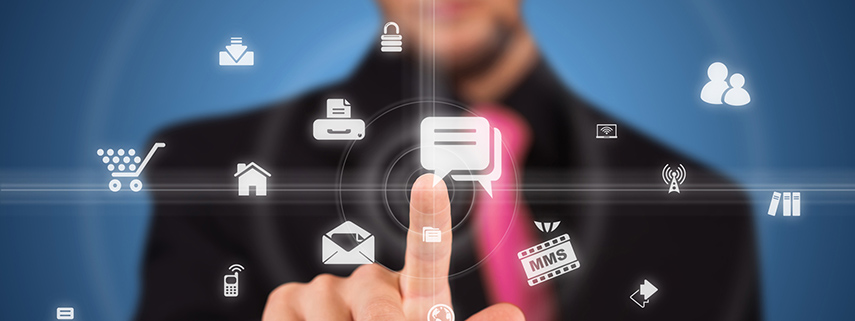
This term is an acronym coined from the initials of the English words for the four forces that will determine ICT in the next decade: social, mobile, analytics and cloud. It means a new combination of products and services to which an increasing number of companies adapt in order to be able to provide an efficient and forceful user experience.
To demonstrate this with an example, let us examine Netflix entertainment industries. Netflix implements its recommendation system with the help of sophisticated analysing algorithms used to forward custom-tailored offers to the user. Users can watch films streamed from the cloud to various devices (TV, tablet, telephone), and share their experiences on social spaces. They can do all this in the framework of an integrated service.
These components could also be accessible separately, the essence of SMAC stack is that the four areas collaborate: the new functions build on each pillar in a premeditated way. For example, the new opportunities ensured by a mobile devices allow more detailed data collection, which in turn is made possible by the availability of cloud capacities, and the latter form the basis of analyses performed to provide deeper customer experience and can be promptly integrated into social channels. Thus in the course of developing application/service and the integration of new functions, the four areas are interdependent, support one another, improvement in one creates opportunities in the other, and thus they cannot be managed completely separately.
(S)ocial solutions
At the beginning of the web2.0 revolution, the most important function of community spaces was to build a network of connections. In the decade that has passed since then, functionality and simultaneously the use cases have extended considerably. From among these “share”, or the fast (prompt), simple and handy opportunity to share information with a wide range of users is extremely important because it has resulted in such a highly efficient human cooperation that could not have been achieved by the previously available means. Naturally, sharing as a function in itself would have resulted in chaos rather than efficiency because of the enormous amount of information poured on us all of a sudden. For this very reason, the current social spaces endeavour to make order in this trackless forest for their users by setup opportunities, sophisticated filters and recommending systems. The two functions jointly (share&classify) ensure that the appropriate information is forwarded in the appropriate time to the appropriate place.
The share&classify is a function of community services companies could learn a lot from in order to improve their workflows. However, there are a few more such areas. One of them is software ergonomy. This is because most of the social software are provided free of charge, and thus they cannot afford that their users use them without enjoyment. They must keep users in the long run partly through appearance and partly by simple use, or certain “attractive” functions. Gaming industry (which is otherwise a pay business) also contains a lot of social functions to this end (e.g. share). The corporate software industry calls the efforts made at the incorporation of such solutions “gamification”.
Social spaces have, on the other hand, an effect that fundamentally changes the operation of companies (present on mass markets) and their interrelationship to the market. This is the identifiability of users (considered as customers in another perspective). The entity is not merely a name (with perhaps an attached address and telephone number), but a real person, who has his or her opinion, past and network of relationships. By organising and sharing this information, a company may obtain up-to-date knowledge that will transform its operation and market relations in general.
For its customers, T-Systems Hungary adapts the trend that has been built fundamentally from the requirements of retail customers, individuals, and linked to social services, in corporate areas, primarily through services and functionalities supporting collaboration and information management. Its product portfolio includes the most modern conference solutions most optimised for corporate use, which contain, in addition to retail requirements, such optimised functions as multi-site video communication, screen sharing, chat functionality and the support of work shared by colleagues performing their activities at great distances from one another. These services are also accessible via smart phones or tablets.
Back
Sympo2014logo
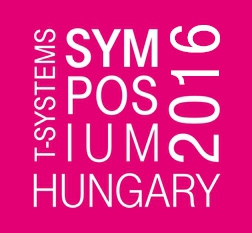
Event Partners
Diamond level partner

Emphasized technological partner
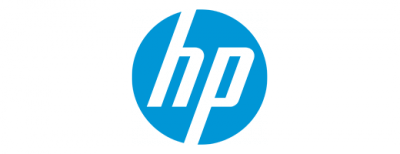
Gold level partners
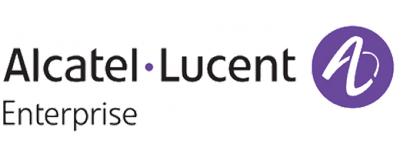
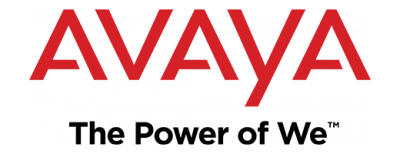

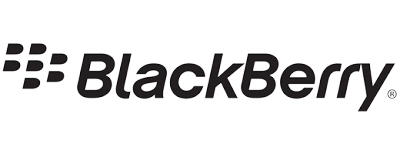

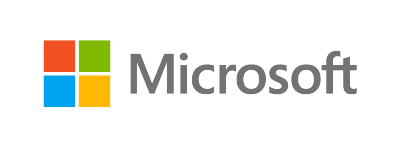


Emphasized international partner
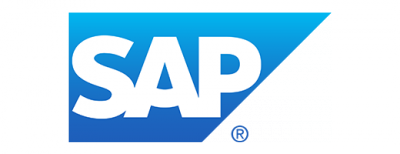
Silver level partners
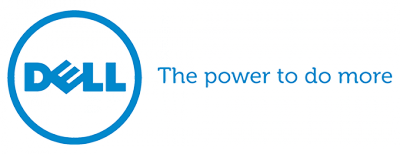
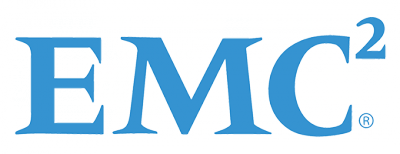

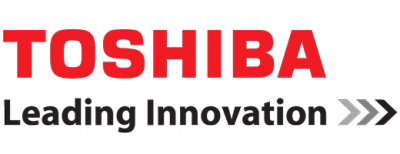
Professional partner
Professional partner

Collaborator partners
Collaborator partners
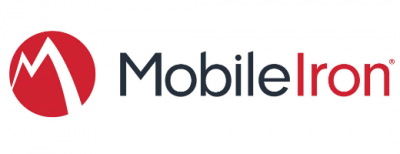
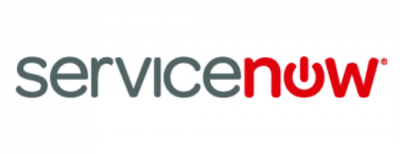
Strategic media partners
Media partners








